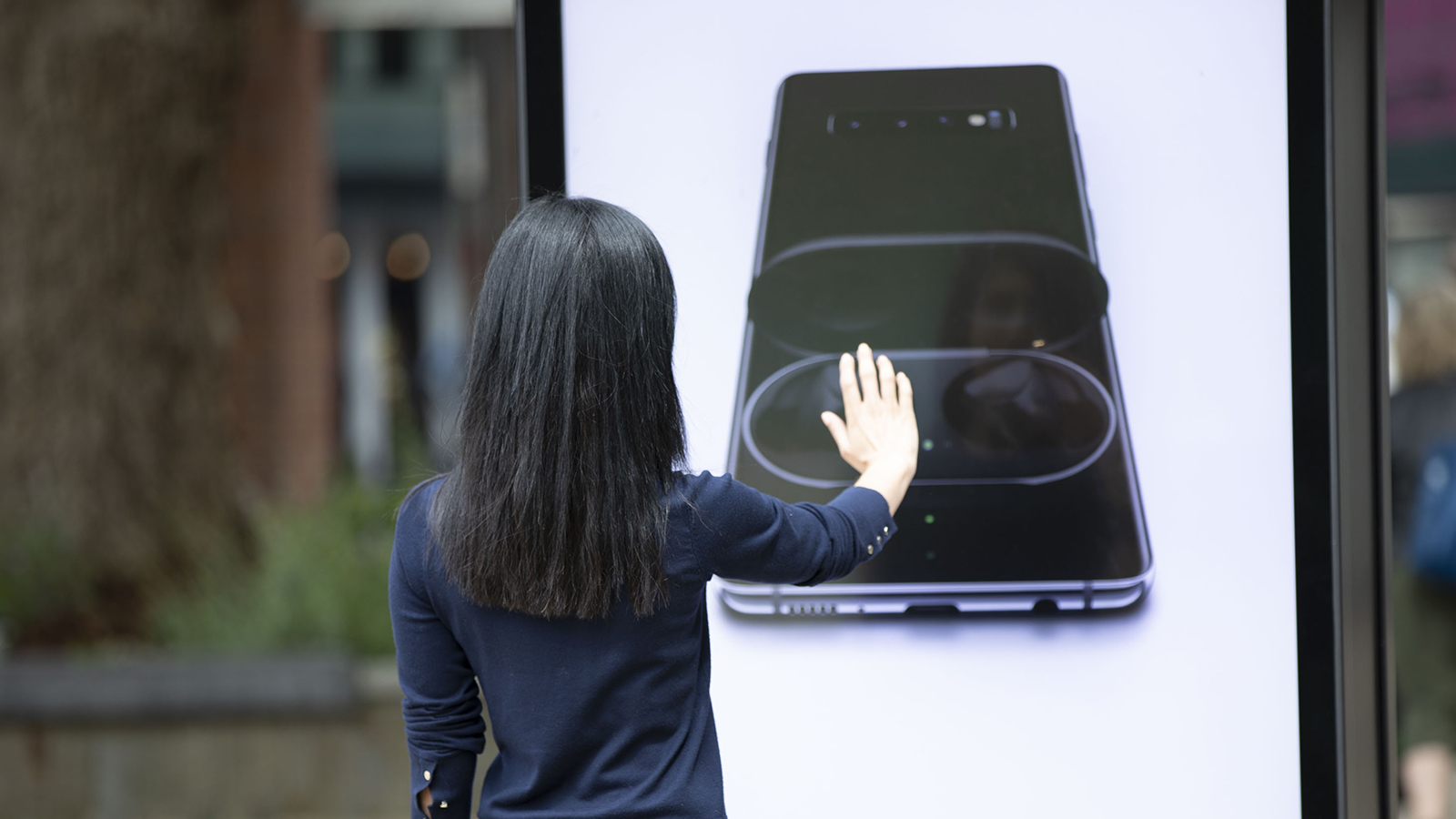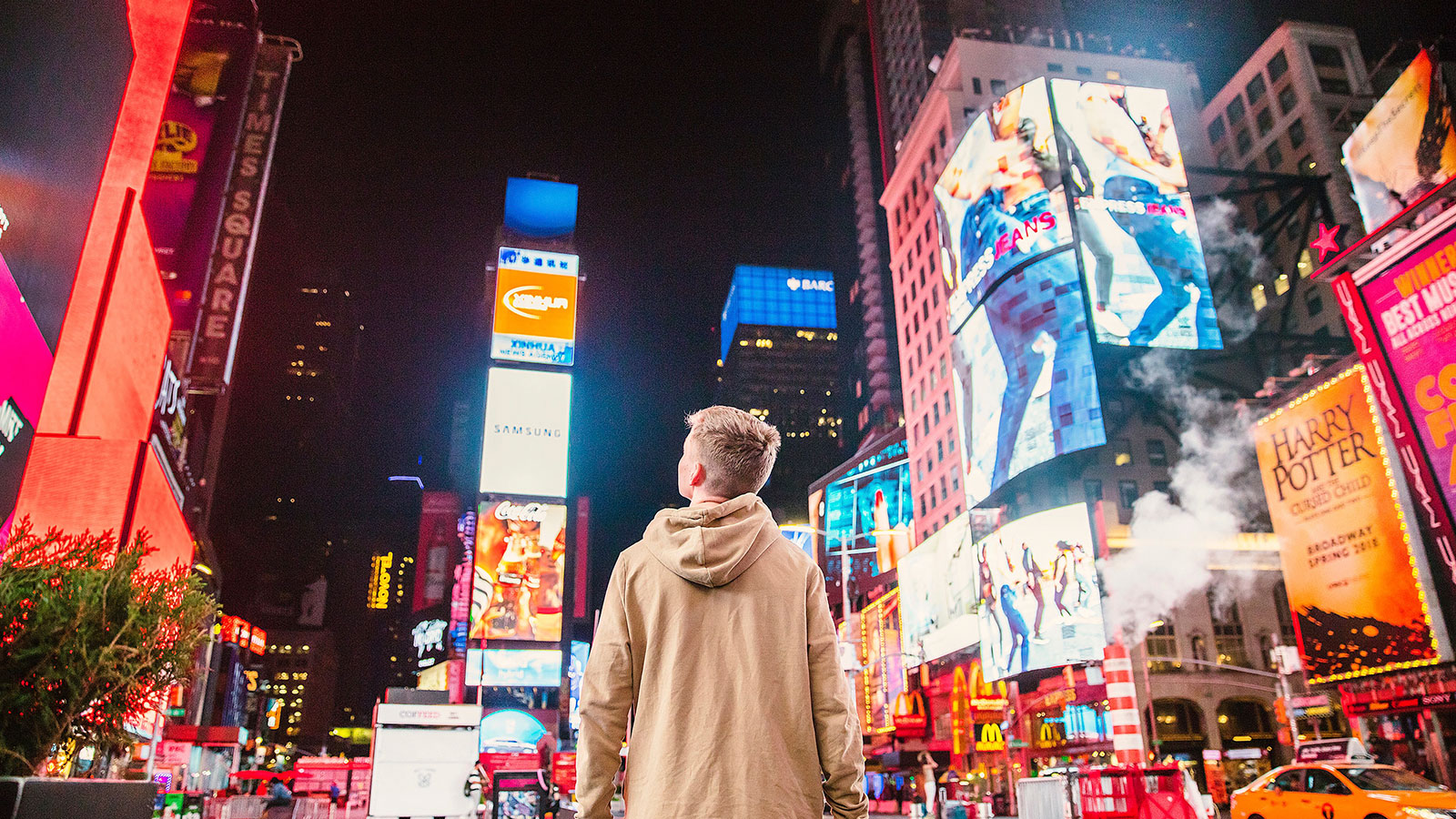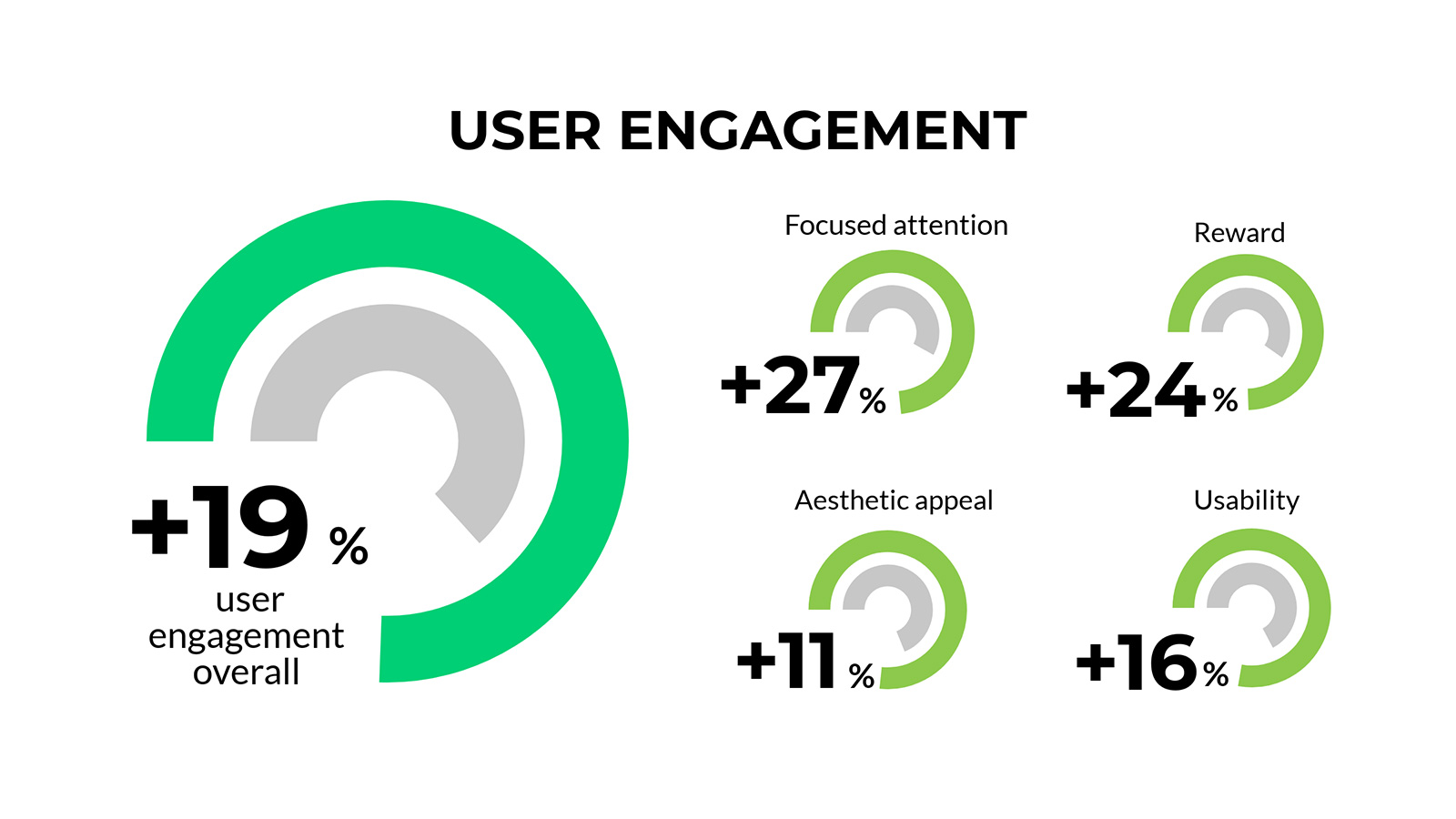Want To Boost DOOH Engagement? Add Haptics [Study]
Posted; June 20, 2019
Adding haptic technology to hand tracking in digital out-of-home (DOOH) installations can significantly boost key metrics, a published study has shown.
What happens when you add mid-air haptics to interactive digital out-of-home?

Hand tracking technology now means consumers can interact with DOOH installations using natural gestures - and without coming into contact with the screen. This is an important feature in a post-pandemic world, where 80% of people think that public touchscreens are unhygienic.
Being able to interact in this way not only surprises and delights consumers, but they now highly value being able to interact without touching surfaces. People are 1.8x more likely to interact with gesture control in the future, compared to touchscreens.
What happens, though, if you add haptic feedback as well?
Adding tactile sensations has repeatedly been shown to impact advertising effectiveness. To give just one example, a 2018 study found that the addition of haptic feedback to mobile adverts significantly strengthened purchase intentions.
It seems that adding haptic feedback to DOOH could well improve effectiveness. But is this actually borne out by the data? We conducted a study to find out.

The study looked at four digital movie posters that users could interact with via the Leap Motion Controller hand tracking device. Using Ultraleap's haptic technology, which uses ultrasound to create the sensation of touch in mid-air, we added tactile effects users could feel on their hands. We tested the experiences with and without mid-air haptics to see if we could measure the difference.
User engagement and haptics in DOOH
When we added mid-air haptics, participants said things such as, “I would pay more attention to it”, “I felt more engaged and immersed with the haptic feedback” and “The haptics transform it”. One participant even told us, "It would sell the product to me a lot quicker, to be honest."
Our participants were telling us that they were more engaged when haptics were present. But was it possible actually to quantify this?

We used a proven method called the User Engagement Scale, which measures the depth of a user's investment when interacting with a digital system.
Engagement is measured across four dimensions on a five-point scale. The results were dramatic: when haptics was added there was a significant increase in user engagement for every one of these dimensions.

Haptics, DOOH, and traditional marketing metrics
We also measured whether this increase in user engagement resulted in measurable improvements in marketing metrics such as Net Promoter Score. It turns out that it did:
- 83% of people preferred the experience with mid-air haptics added
- 73% of people would be more likely to make a purchase after experiencing a haptic poster
- Net Promoter Score (NPS) increased by an average of 56 points
- Interaction time increased by 50%
- Users’ sense of excitement increased (78% with haptics versus 66% without)
As digital signage systems transition from static displays to rich, dynamic interactive experiences, this study shows multiple proof points that adding mid-air haptics to hand tracking has a measurable impact on engagement and brand perception.
Ultraleap's technology is one of a very small number of haptic technologies suitable for large screens. It is the only commercially available haptic technology that can be used in conjunction with hand tracking.
Explore more about how adding mid-air haptics to DOOH can enhance brands here.
Experimental design
The study was conducted with four digital movie posters that users could interact with via a Leap Motion Controller. Each of the four movie posters were presented with and without mid-air haptic effects. The response of 17 participants to the posters was measured both quantitatively and qualitatively.
Measures included Net Promoter Score (NPS), emotional self-assessment, user engagement survey and time taken to assess each experience. There were 5 male and 12 female participants across a wide range of age brackets from 18-64. Just under 50% had used Ultraleap's haptic technology before.